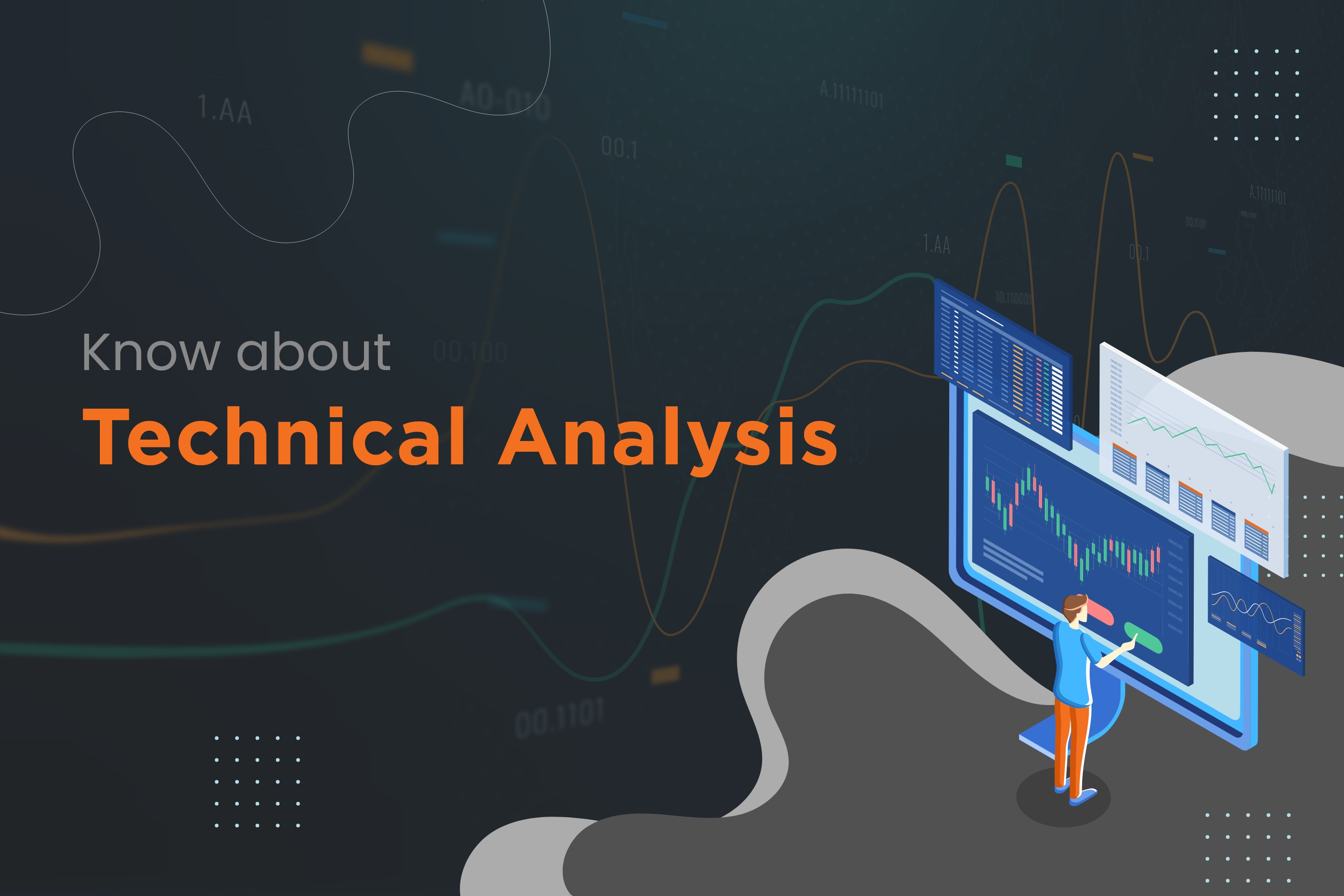Find Trading Opportunities using Technical Analysis

What is Technical Analysis?
There are various ways to understand the market, whether it be through intuition, fundamental or technical analysis. Like others, technical analysis is also used to predict the course of prices of a security according to the historical data. It helps to analyze the trend of the market without analyzing the prices chart. But the premise behind it is based on several factors, it is assumed that the market knows everything about it, which is reflected through the trends in the price changes. The analysis can be done on different timeframe candle-sticks namely 1 min, 5 mins, 15 mins, 30 mins, 1 hour, etc. And the parameters through which one can do the technical analysis are known as Technical Indicators which is explained in the next section.
Technical Indicators
Technical Indicators are mathematical computations on different parameters of the security such as OHLC Prices, Volume, etc. with the help of which a trader can examine the markets and conduct trades. They help in determining either the trend, momentum, or entry/exit points in the market.
Some of the commonly used Technical Indicators are:
Volume-Weighted Average Price (VWAP)
Volume-weighted Average Price also known as VWAP is a lagging-indicator which is calculated as the sum total of trading value of the asset/security divided by the total trading volume in that period. It is assumed that the price tends to move back to its average price hence traders sell the asset when its price is greater than VWAP or buy it when the price is lower. This can also backfire in markets with strong uptrends where price keeps on rising continuously and doesn’t come back to VWAP.
The basic formula to calculate VWAP is :
VWAP = {sum{Price * Volume}}/{sum{Volume}}
Simple Moving Average(SMA)
Simple Moving Average abbreviated as SMA is simply the average of a given range of prices( generally the Closing Price), divided by the total number of period. It helps to determine whether the price-trend will be maintained or get reversed.
SMA = (Number of Periods−Period sum)/Number of Periods
Exponential Moving Average (EMA)
Exponential Moving Average (EMA) is similar to Simple Moving Average (SMA) and is used to estimate the trend direction during a particular time-period. Although, as compared to SMA, EMA is more sensitive to price changes but EMA can help identify the trends before SMA.
Moving Average Convergence Divergence(MACD)
Moving Average Convergence Divergence commonly known as MACD is a lagging trend-based momentum oscillator indicator which depicts the relation between the 2 EMA's of the security. Generally, a bullish signal is when MACD advances over the signal line, and bearish when it advances below it.
The formula for MACD is :
Let us now see how we can access these indicators on the IIFL Markets App
Click on the Chart>Indicators>Select the Indicator you want to apply
Here we have taken an example of VWAP in ADANI PORTS Price Chart
Topic Participants
Kajal Kumari
Sticky Posts
Demystifying Open APIs
Trading industry has evolved from “I need to call the dealer to trade” to “I can trade by simple click on my mobile”. After the literacy rate and computer literacy wave, India is facing a financial literacy wave for the last 3-4 years. Automation hasFind Trading Opportunities using Technical Analysis
What is Technical Analysis? There are various ways to understand the market, whether it be through intuition, fundamental or technical analysis. Like others, technical analysis is also used to predict the course of prices of a security according to theDECODING ALGORITHMIC TRADING
Trading in India Overview(Paradigm shift in the recent years) India has seen an enormous change in people's interest towards trading in recent years. There has been a huge shift from traditional ways of saving money in the form of bank deposits, gold